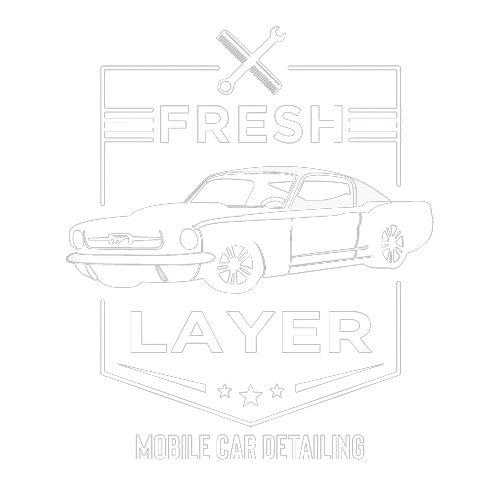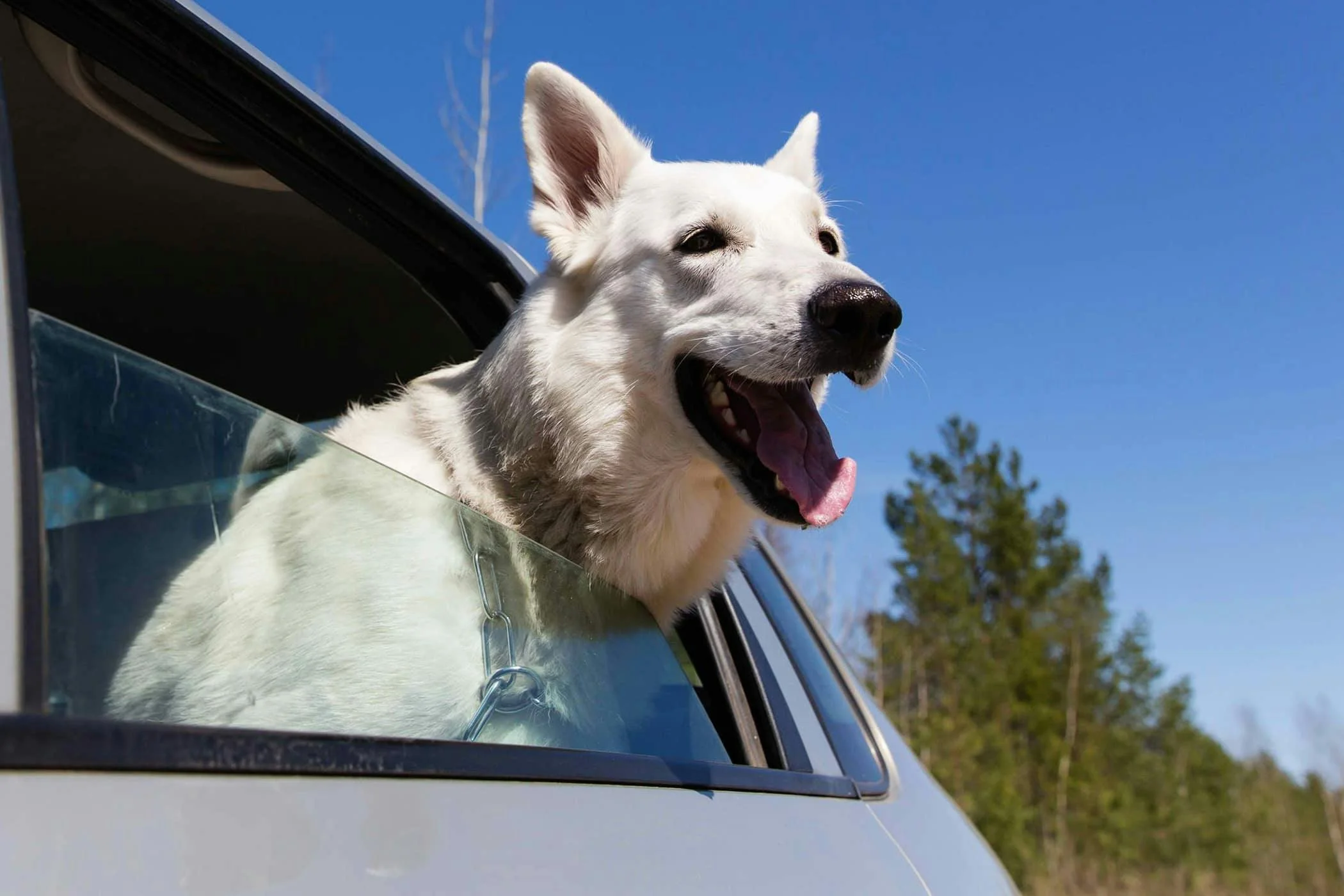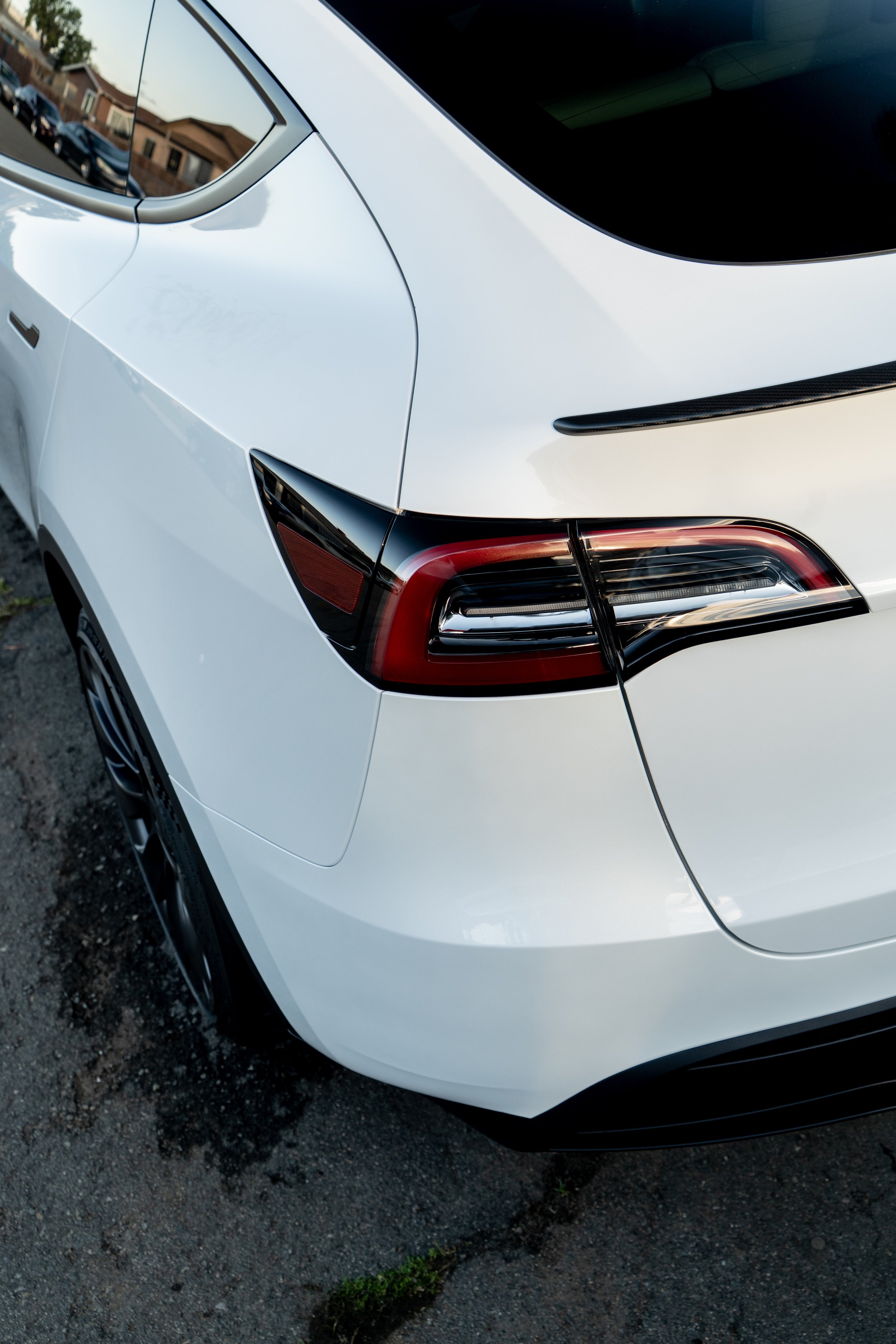How to Remove Dog Slobber from Car Interiors
For many dog owners, traveling with their furry friends is a joy that comes with its own set of challenges, one of which is dealing with dog slobber. While it might seem like a minor nuisance, dog slobber can have a significant impact on the interior of your car if not addressed properly.
The saliva can seep into upholstery fabrics and crevices, leading to unsightly stains and persistent odors that can be tough to eliminate.
Cleaning dog slobber promptly from car interiors is not just about maintaining aesthetics; it’s also about preserving the integrity and longevity of your vehicle's interior materials.
Why Is Dog Slobber So Difficult to Remove?
Dog slobber contains proteins and bacteria that can adhere to surfaces like fabric, leather, and plastic.
When left unattended, these residues harden, making them even more difficult to clean.
Combined with dirt, hair, and grime, slobber can lead to stubborn stains and unpleasant odors that require targeted cleaning methods to eliminate.
Modern car detailing techniques provide effective solutions for removing these biological contaminants before they penetrate too deeply into the upholstery.
By utilizing the right tools and cleaning agents tailored for automotive interiors, you can ensure that your car remains in pristine condition, free from the lasting effects of dog slobber.
This guide will walk you through the best practices and tips in car detailing to manage and remove dog slobber effectively.
Why It’s Important to Clean Dog Slobber Quickly
Dog slobber, while seemingly harmless, contains a variety of proteins and enzymes designed to aid in digestion. When these biological substances are left to sit on car interiors, especially on materials like leather and fabric upholstery, they can initiate a chemical reaction that may degrade the material over time.
Saliva can seep into the porous surfaces of your car’s interior, breaking down the fibers and causing the upholstery to weaken or discolor.
The acidic nature of saliva can also accelerate the wear and tear on your car’s interior surfaces. For instance, leather, which is typically treated and dyed, can become discolored or start to crack if the protective coatings are broken down by the enzymes in saliva.
Similarly, fabrics may develop permanent stains if the saliva is not removed promptly, as the moisture can set the dirt and compounds deeper into the fibers, making them harder to clean later on.
Tools and Materials Needed
To effectively remove dog slobber from your car's interior and tackle potential stains and odors, it's important to have the right tools and materials on hand. Here’s a list of essential and optional cleaning supplies tailored for various types of car interiors:
Essential Cleaning Supplies
Microfiber Cloths: These cloths are excellent for cleaning car interiors because they are soft, highly absorbent, and do not leave lint or scratches on surfaces.
Gentle Pro Car Detailing Cleaners: Choose cleaners that are formulated specifically for car interiors. These are usually mild and designed to effectively break down oils and proteins without damaging the materials.
Upholstery Cleaner: A good quality upholstery cleaner that can be used on both fabric and leather is essential. These cleaners help remove tough stains and can also deodorize the material.
Leather Cleaner: If your car has leather interiors, using a cleaner specifically made for leather will ensure that it’s not only cleaned but conditioned as well, preventing cracks and tears.
Ninja Scrubber: This tool is excellent for gently scrubbing the fibers of your upholstery without causing damage. Its fine bristles can dislodge dirt and saliva from deeper within the fabrics.
Vacuum Cleaner with Attachments: A vacuum cleaner with soft brush attachments can help you remove loose debris and saliva particles before applying wet cleaners. This prevents dirt from spreading when cleaning.
Optional Tools for Deeper Cleaning
Steam Cleaner: For a more thorough cleaning, a steam cleaner can be used. It helps in sanitizing the interior by using hot steam to kill bacteria and dissolve stubborn stains.
Enzyme Cleaner: Particularly useful for organic stains and odors like saliva, enzyme cleaners break down the proteins in the slobber, effectively removing the residue and associated smells.
Protective Gloves: To protect your hands from cleaners and to maintain hygiene.
Brush Set for Detailed Areas: Small brushes (like an old toothbrush or a detailing brush) are perfect for getting into crevices and detailed areas around buttons and seams where slobber might collect.
Using these tools and materials will help ensure that every part of your car’s interior is not only clean but also maintained properly against the wear and tear caused by pet saliva and other contaminants.
Step-by-Step Guide to Removing Dog Slobber
Step 1: Blotting the Slobber
Start Immediately: As soon as you notice slobber on the interior, begin by gently blotting the area with a microfiber cloth. This is crucial to prevent the saliva from seeping deeper into the material.
Proper Technique: Press the cloth against the slobber without rubbing. Rubbing can spread the saliva further and embed it into the fibers of the upholstery.
Repeat if Necessary: Use different sections of the cloth or additional clean cloths to blot as much liquid as possible. The goal is to lift the moisture without pushing it into the material.
Step 2: Applying Cleaner
Choosing the Right Cleaner:
Leather Surfaces: Use a dedicated leather cleaner that will not only clean but also condition the leather, helping to preserve its elasticity and appearance.
Fabric Upholstery: Opt for a fabric upholstery cleaner designed to handle organic stains and odors. These usually work without damaging the fibers.
Plastic Components: A mild, non-abrasive cleaner suitable for plastics should be used to avoid any scratches or damage to surfaces.
Application Techniques:
Apply the cleaner to a clean microfiber cloth rather than directly onto the surface. This helps control the amount of cleaner used and prevents saturation of the material.
Gently dab the cleaner onto the stain, starting from the outside and moving towards the center to prevent spreading the stain.
Step 3: Scrubbing the Affected Area
Use a Soft Brush: For fabrics and textured materials, use a soft-bristled brush like a ninja scrubber to gently agitate the area. This will help loosen any embedded saliva particles.
Gentle Motion: Scrub in a circular motion with light pressure to lift the stain without damaging the upholstery fibers.
Reapply Cleaner as Needed: If the stain persists, apply a small amount more of the cleaner and continue scrubbing gently.
Step 4: Drying and Final Touches
Drying the Area: Once the stain is removed, use a clean, dry microfiber cloth to blot any remaining moisture gently. Allow the area to air dry completely; avoid using heat as it may set any residual stains.
Restoring Freshness: After the area is dry, consider using a fabric refresher or a car-specific air freshener to help eliminate any lingering odors. For leather, apply a leather conditioner to replenish oils and maintain the surface.
Vacuum Once More: Finally, give the treated area and surrounding spaces a thorough vacuum to ensure that all residues from the cleaning process are removed.
Following these steps will help ensure effective removal of dog slobber from car interiors, maintaining both the cleanliness and the integrity of your vehicle’s interior materials.
Additional Tips for Preventing Future Stains
While cleaning up after your dog is essential, preventing stains in the first place can save a lot of effort and maintain the appearance and integrity of your car's interior. Here are some proactive measures you can take:
Strategies for Training Your Dog to Minimize Drooling
Control Excitement: Dogs often drool more when excited or stressed. Try to keep your dog calm while traveling by providing them with toys or chew items that can help keep them occupied and relaxed.
Regular Hydration: Ensure your dog is well-hydrated before a car trip. A hydrated dog is less likely to drool excessively.
Health Check-Ups: Excessive drooling can sometimes be a sign of health issues. Regular veterinary check-ups can ensure that any medical reasons for drooling are addressed.
Recommendations for Protective Measures
Seat Covers and Mats: Invest in high-quality, waterproof seat covers and mats designed specifically for pets. These covers are easy to install and remove for cleaning, and they protect your upholstery from saliva, fur, and other debris.
Interior Ceramic Coating: Applying a ceramic coating to the interior surfaces of your car can provide a protective layer that makes cleaning easier and prevents stains from setting in. Ceramic coatings repel water and oils, reducing the likelihood of permanent damage from dog slobber.
Interior Conditioner and Plastics Dressing: For leather interiors, use a high-quality conditioner regularly to keep the leather supple and less prone to absorbing liquids. For plastic parts, a good plastics dressing can add a protective layer that makes these surfaces easier to wipe clean and resistant to stains.
By implementing these strategies and protective measures, you can greatly reduce the impact of dog slobber on your car's interior, making your journeys with your furry friend more enjoyable and less of a hassle. These preventive steps not only help in maintaining the cleanliness but also preserve the resale value of your car.
Maintaining a Clean Car Interior With Pets
Routine Cleaning Tips
Regular Vacuuming: Make it a habit to vacuum your car's interior weekly. Use a handheld vacuum with various attachments to reach into crevices and under seats, effectively removing fur, dirt, and dry slobber.
Wipe Down Surfaces: After each trip with your pet, use pet-safe wipes or a damp microfiber cloth to clean surfaces. This quick wipe-down can prevent dirt and saliva from setting into the materials.
Deep Cleaning: Schedule a monthly deep cleaning session where you scrub down upholstery and clean all the nooks and crannies. This helps manage odor build-up and keeps your car looking fresh.
Integrating Cleaning Into Regular Car Maintenance
Incorporate into Wash Routine: Align interior cleaning with your regular car wash schedule. After washing the exterior, focus on the interior to streamline your maintenance routine.
Professional Cleaning: Consider a professional detailing service every few months, especially if your pet frequently travels with you. Professionals can provide a more thorough cleaning and apply protective treatments.
FAQs
-
Use pH-balanced leather cleaners that are specifically designed for automotive use. These cleaners ensure that the leather does not dry out or crack, maintaining its look and feel.
-
Regular cleaning should be done weekly, with a vacuum and quick wipe-down. Deep cleaning should be done monthly or bi-monthly, depending on the level of dirt and fur accumulation.
-
A simple solution of water and mild dish soap can be effective for cleaning up fresh slobber. For tougher stains, mixing a solution of vinegar and water can help break down the enzymes in the saliva, making it easier to wipe away.
-
o protect leather seats from pet scratches and stains, use slipcovers or seat protectors specifically made for pets. These covers are usually waterproof and can shield the leather from claws and spills. Additionally, regularly conditioning your leather can help make it less susceptible to damage by keeping it soft and resilient.
-
To minimize pet hair accumulation, regularly groom your pet to reduce shedding. Use pet seat covers and regularly wash them. During vacuuming, use a brush attachment to more effectively gather pet hair from upholstery and carpets.
Pro Tips for Maintaining a Clean Car Interior
Use Seat Covers: Invest in waterproof, washable seat covers for effortless cleanup.
Keep Cleaning Supplies Handy: Always have microfiber cloths and a pet-safe cleaner in your car.
Regular Maintenance: Vacuum and wipe down your car’s interior weekly to prevent buildup.
Protective Coatings: Apply fabric or leather protectants to repel stains and spills.
Train Your Dog: Encourage your pet to stay in designated areas to minimize mess.
Statistics That Highlight the Importance of Clean Interiors
- According to AAA, car owners spend an average of 8 hours per week in their vehicles.
- Studies show that clean car interiors can increase resale value by up to 15%.
- Pet-related messes account for 30% of car cleaning service requests.
Conclusion
Promptly addressing dog slobber in your car is crucial not only for maintaining aesthetics but also for preserving the material integrity of your car’s interior. Regular maintenance routines can significantly extend the life of your vehicle's interior, making every journey with your pet more pleasant.









